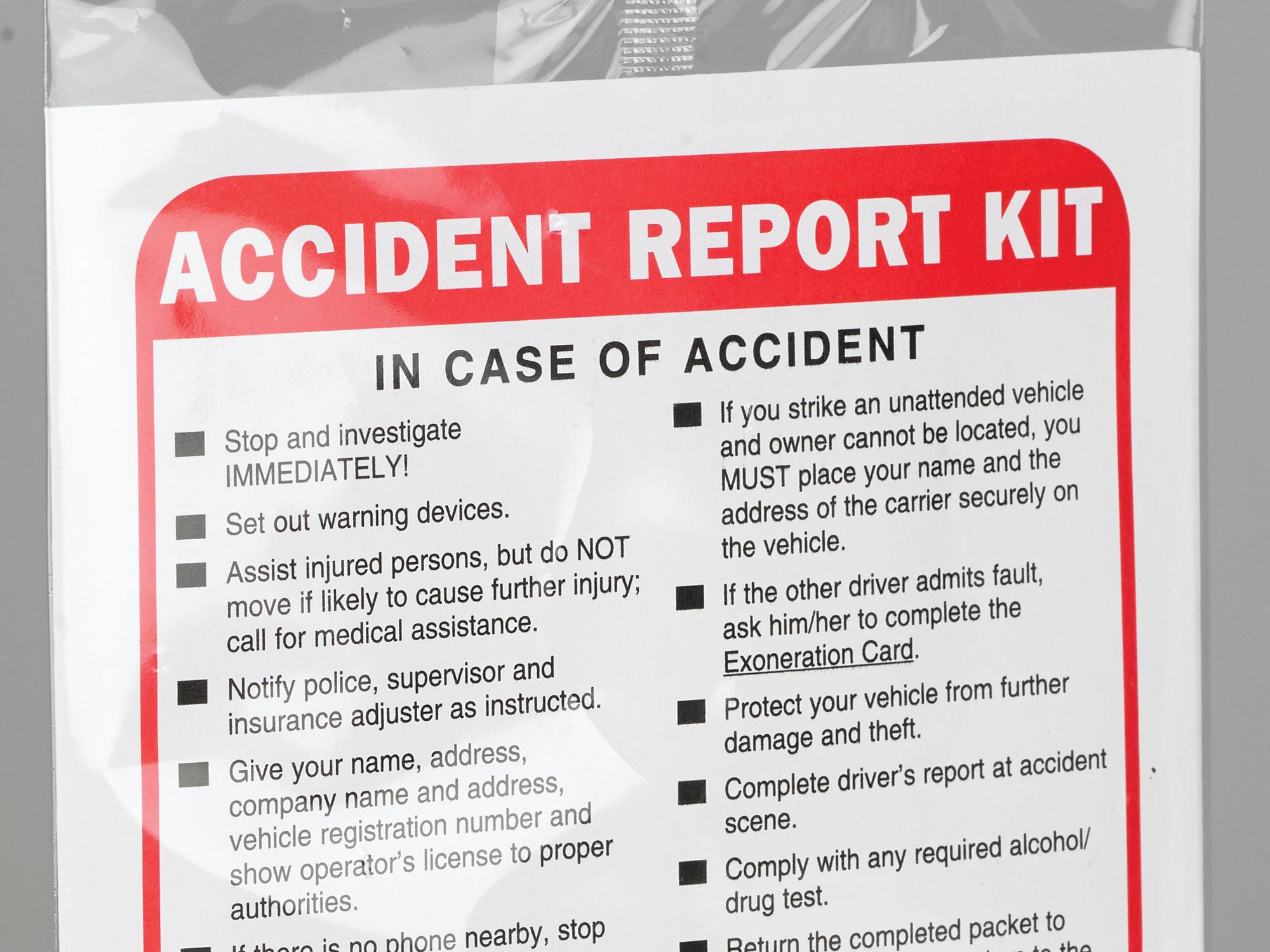Identifying and collecting evidence

- Identifying and collecting evidence is a multilayered process that can establish the facts of an investigation and the root cause of an incident.
Evidence is anything that helps to establish the facts of an incident investigation to help determine a root cause. Types of evidence can include:
Position of tools and equipment: The position of tools and equipment can provide information about how they were being used (or misused) prior to the incident. Because forklifts and other equipment often look the same, record the serial numbers or other identification numbers to help later identify the specific piece of equipment involved in the incident.
Air quality: If the quality of the air may have contributed to the incident in some way, test the air. Specific things to look for when evaluating air quality include exposure to:
- Carbon dioxide,
- Particulate and dust, and
- Fumes or vapors.
If the air quality contributed to the incident, evaluate the engineering or administrative controls to see if the air quality can be improved, and ensure that proper personal protective equipment (PPE) is used. Determine if employees in the incident area were exposed above the permissible exposure limits (PELs).
Equipment operations logs: Equipment operations logs may provide information about the mechanical integrity of equipment, as well as where, when, and how the equipment has been used. Operations logs, charts, and records may also offer vital information about how the equipment was designed, constructed, installed, and maintained. These records also provide information about equipment malfunction history.
Work environment: Determine if any debris, trash, tools, or equipment contributed to the incident. Additional items to investigate could center around the following types of questions:
- Was there adequate lighting?
- Was visibility limited due to dust or mists?
- Was the noise level excessive?
- Were there any distractions?
- If the incident occurred outdoors, what were the weather conditions at the time of the incident?
Floor or surface conditions: Floor or surface conditions often contribute to incidents. Some questions to ask regarding floor or surface conditions could include:
- Was the work surface dry?
- Was the work surface slippery from oil or grease?
- Does the floor plan allow for the free movement of equipment and pedestrians?
- Were materials stored in the aisleways?
- Does the working area contain slip-resistant flooring material to lessen slip and fall hazards on wet, oily, or greasy surfaces?
- Was the work surface in good condition?
Other contributing factors: Some examples of other contributing factors to consider investigating include:
- Operational errors;
- Violations of rules or procedures;
- Employee morale, attitude, and knowledge;
- Health and safety records; or
- Alcohol and drug abuse.
